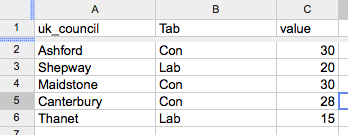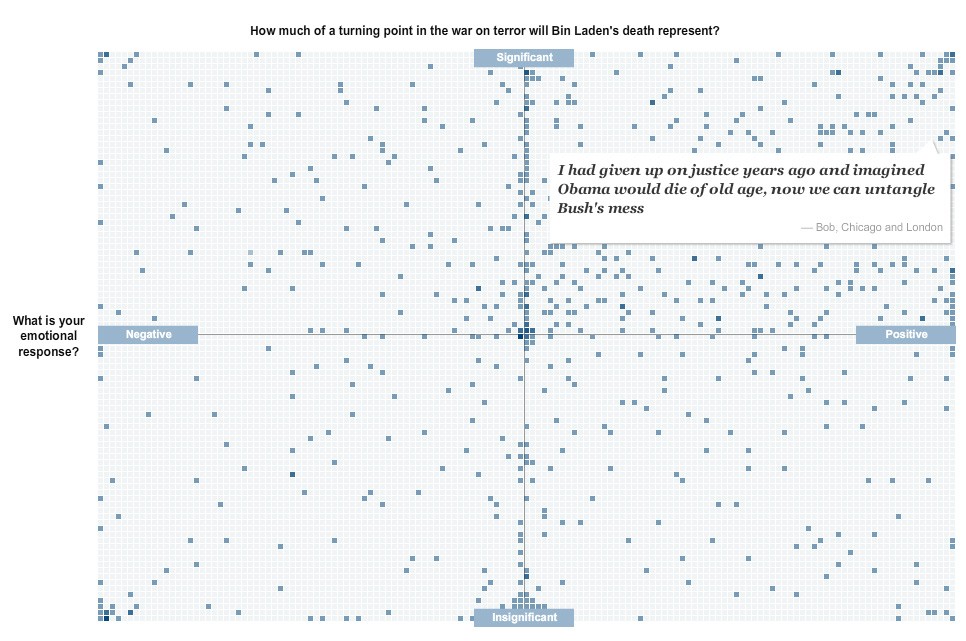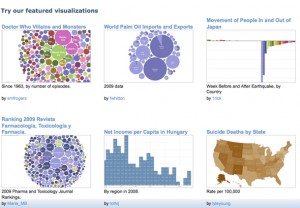“Numbers are everything to our business” – this was the message from Washington Post‘s Raju Narisetti, speaking today at the BBC’s social media summit.
Narisetti outlined the “simple mission” for news organisations to have more people to engage with more of its content, and this is achieved through data – both numbers and importantly, context.
We’ve moved from our anecdotal newsroom to a newsroom where there’s a lot more data, a lot more measurement. Initial measurement was page views, but we very quicky realised we need to move to a world of context.
Data is not just about measuring eyeballs – it is a valuable resource in making decisions. You’re able to show with some data things we can stop doing, Narisetti said, without making an impact on the readership. This he said makes an “accountable newsroom” and creates an environment which is a lot more encouraging for digital journalists where they know the impact of their work.
Also speaking on the panel, which covered the cultural challenges for newsrooms trying to encourage the effective use of social media, was the Guardian‘s Meg Pickard.
She revealed that research by the Guardian has shown that when a journalist gets involved in the conversation online it halves the moderation need and the tone of the conversation “goes up”. This is a key example of such data being used to support proposals and ideas.
As for the culture of the newsroom the Guardian wants to focus on people and skills, she said, to “create a fertile medium” across the organisation and then trusting staff to “act as the intelligent adults that they are” and apply their best knowledge and judgement to the situation.
But, she added, there’s no point in forcing anyone to be active on Twitter from the get-go.
We should not be forcing someone to Tweet, it will be obvious, they will be grumpy and won’t know what they’re doing. So I don’t think on your first day when you’re handed an email address they should be told that you’re free to say anything you like about our brand to the world.
Within the first few months I would try and encourage them to do so, but by demonstrating opportunities to build the community and relationship with audience.
Journalism.co.uk’s own digital journalism event news:rewired – noise to signal, which takes place on Friday next week at Thomson Reuters, will dedicate an entire session to the issue of audience data in informing editorial and business decisions for news organisations. You can find out more and buy tickets at this link.




